-

Autobiography in John Bale’s Vocacyon
-

‘An afflicted conscience layed open by example’: Dionys Fitzherbert
-
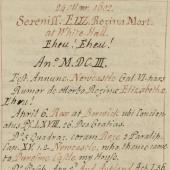
A preaching life: the diary of Tobie Matthew
-
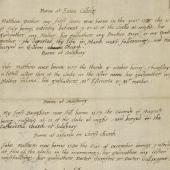
‘The birthe of all my children’: Frances Matthew’s family notes
-

Family memories in a Book of Common Prayer
-
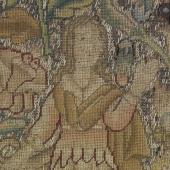
‘The Guift of my Dear and tender Mother’: an embroidered bible
-
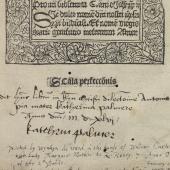
A shared memory
-

‘For memory, not for superstitition’: protecting the past
-
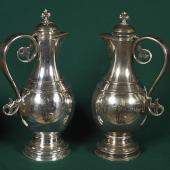
Given in memory
-
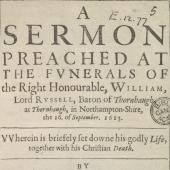
Funeral sermons and biography
-

‘A Mirror of Womanhood’: Katherine and Philip Stubbes
Personal Lives
Remembering the Reformation
Religious change impacted profoundly not only on large-scale, confessional or national ways of viewing the past, but on the ways that individual men and women saw their own narratives and the ways in which they commemorated and memorialised their own family, friends and communities. This category offers examples of the many ways in which people sought to record the personal in this time of religious, social and cultural change.
Historians and literary scholars have long debated why the early modern period saw an apparent growth in first-person narratives, and whether these growing genres of autobiographies, diaries and other forms of ‘life writing’ represent a shift in self-conceptualisation and identity across the seventeenth and eighteenth centuries. Yet more recent work has emphasised the multitude of ways in which we can find traces of the autobiographical in a range of early modern texts, from literary works to account books, if we are willing to abandon our modern expectations of the genre. Early modern men and women recorded and remembered their own lives in a wide range of ways. In doing so they both reflected changes in spirituality and society brought about by Reformation and, through their recollections, shaped our own historical understanding of religious change.
Many of the items shown here are concerned with one particular type of personal memory: that concerned with friends and family. The Reformation rejection of purgatory and the ability of the prayers of the faithful to aid the souls of the departed was a significant refiguring of the relationship between living and dead. This in turn, shaped the ways in which people remembered their own relatives and friends. Ancestral tombs and monuments were potentially not neutral links to a family heritage, but remnants of a popish past. Funeral sermons, too, could be seen as suspiciously close to Catholic services for the soul. Yet despite these continuing Protestant anxieties, early modern men and women continued to find ways to celebrate their loved ones, inscribing their memory into their writings and into the fabric of their lives.